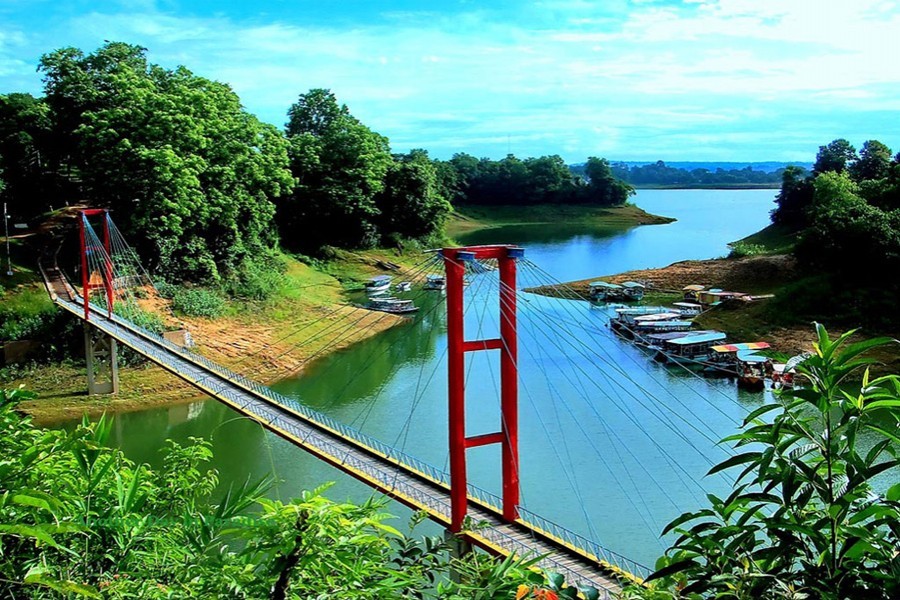Hadn't the administration of Dhaka in the 1950s to 1960s intervened to salvage the Lalbagh Fort from dilapidation and from the feared grabbers, it might have been lodged in memory and mere oil paintings by this time. The Mughal-era site is fortunate enough that these misfortunes didn't befall it. Even in the early 21st century, desperate assaults have been made to raze to the ground many historical sites. Some could escape the sledge hammers and shovels. Some couldn't. As part of this process, the Mughal-era edifice of Choto Katra (a small inn) has long disappeared. The Boro Katra (a large inn) escaped attacks, but it had to go through a destruction spree let loose by local influential quarters in 2022.
Being the capital of the Mughal Subeh Bangla, Dhaka was once littered with many precious historical installations. Only a few are left. They include long abandoned palaces, like that in Dhaka's Nimtoli, gardens, tombs, and graves. Even concrete structures from the British colonial times are also considered major installations thanks to their architectural excellence. These sites are spread throughout the country. They include medieval roads and bridges, ponds, prayer grounds, mosques, temples, and even ruins of thousand-year-old dynastic settlements like Mahasthangarh, and the Paharpur monastery.
The small country is filled with scores of historical sites and ruins. People with a passion for visiting old architectural remnants continue to hunt for these places. The common middle-class people just wander into these areas, some on insistence of the youngsters. Here lies an opportunity on the part of the historic sites preservation authorities to find a source of income. The idea is one of earning money from tickets introduced as nominal charges for visiting the sites. Except the Dhaka Nawabs' Ahsan Manzil and the Lalbagh Fort, all the sites are free to visit. Visiting the important historical and architectural sites throughout the world requires fees. Those are taken in the name of the maintenance of the places, their employed guides, keepers and their assistants. It doesn't require explanation that when a charge or value slapped on a hitherto-free object or service, the majority people do not resort to any uproar. They pay their money on the tickets, and enjoy visiting the specific places.
Sudden introduction of tickets as entry fee for visiting ancient sites or an open museum may invite trouble. It's true there are people everywhere who raise objections to all noble ventures. However, finally they give in to the pressure of the majority. Moreover it's essential to convince the opposing people of the rationale for the tickets while visiting a tourist site. The logic is simple. Free entries to these sites quite often invite the crowds of idlers or fun-seeking people, especially the urbanised youths. In fact, it's the middle class people who develop the knack for visiting uncommon museums and tourist sites. Upon introduction of the museum tickets, these people accept the system without argument. In Dhaka and some other places outside the capital, there are public and private tourist sites and amusement parks which require tickets for entre. Notable among them in Dhaka are Lalbagh Fort, Ahsan Manzil, the National Museum, the private amusement parks etc. In the years since these spots have been working, buying tickets for entering the memorial museums or special parks has become habitual with the visitors.
By introducing ticket system, myriad types of architecturally marvellous edifices and museums could be made attractive. Here, the age-old adage can be cited: money adds to the value of things. Museums are not excluded. It's also true with the foreign historical sites like the Leaning Tower of Pisa, the Taj Mahal, Kutub Minar etc which do not require tickets. But visiting George Washington Museum, Statue of Liberty; the British Museum, and the Louvre in France do.


